Cedar Wood
- September 8, 2023
- 0 comment
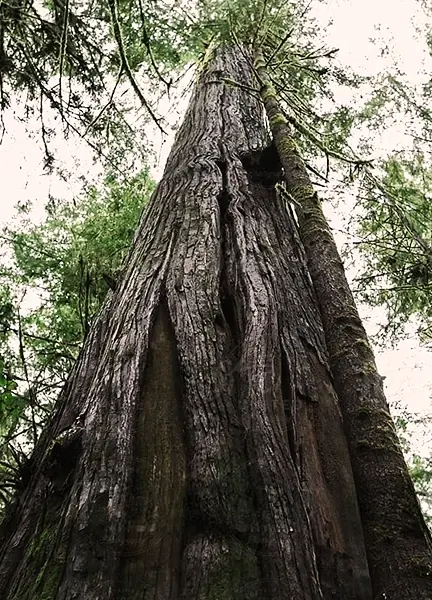
Cedar wood, derived from softwood trees, is distinguished by its fine, straight grain, and uniform texture. Its color can range from a rich reddish hue to pale yellow, with variations depending on the specific type of cedar. Renowned for its aromatic scent, cedar is not only aesthetically pleasing but also naturally resistant to pests, decay, and moisture, making it a preferred choice for both indoor and outdoor applications.
Color
Cedarwood typically exhibits a rich range of colors, varying from pale yellowish tones to reddish or even deeper brown hues, depending on the specific type of cedar and its age.
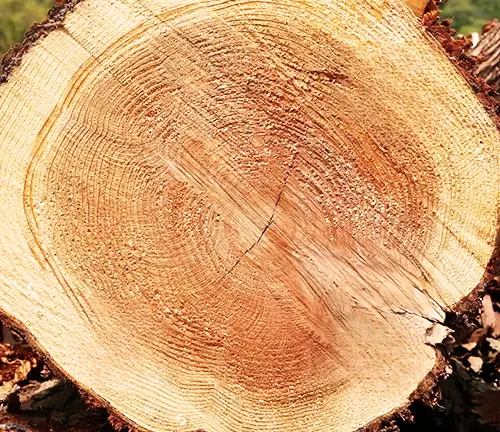
Texture
Cedar possesses a fine to medium texture with a generally straight grain, though it can sometimes be knotty. Its straight grain ensures good workability, and the wood has a somewhat silky feel upon touch.
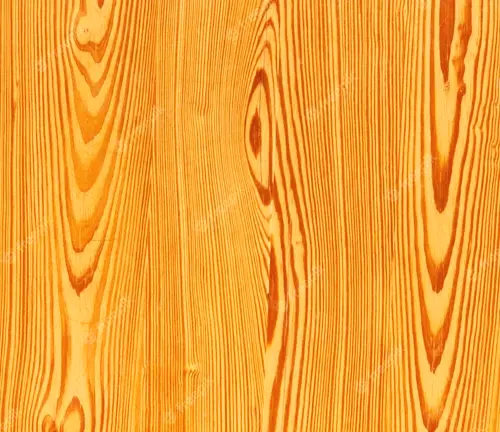
Leaves
Cedar trees, being conifers, don’t have traditional leaves. Instead, they have needle-like or scale-like foliage, which is evergreen in nature. The specific appearance of the foliage can vary depending on the cedar species.
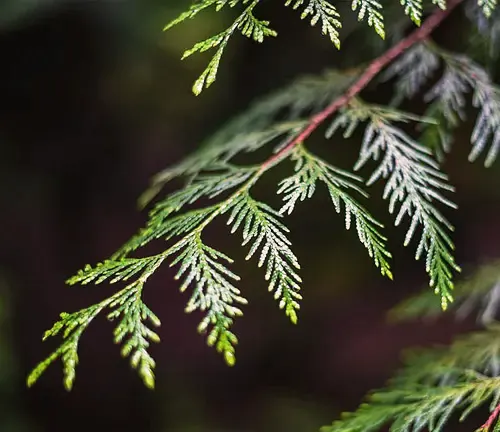
Flower
Cedar trees do not produce typical flowers. They bear cones, which are essential for their reproductive process. The male cones produce pollen, which fertilizes female cones, leading to seed production.

Bark
Cedar bark is often fibrous and can peel in long, thin strips. The bark’s color can range from gray to reddish-brown, depending on the tree’s age and specific species.

Seed
Seeds are produced within the cones of the cedar tree. These seeds are small and winged, facilitating their dispersion by wind, and ensuring the continuation of the species.

Growth
Cedar trees are known for their steady growth and can reach significant heights, depending on the species. Some, like the Western Red Cedar, can grow up to 200 feet tall in optimal conditions. Cedar trees prefer moist, well-drained soils and thrive in both full sun and partial shade.
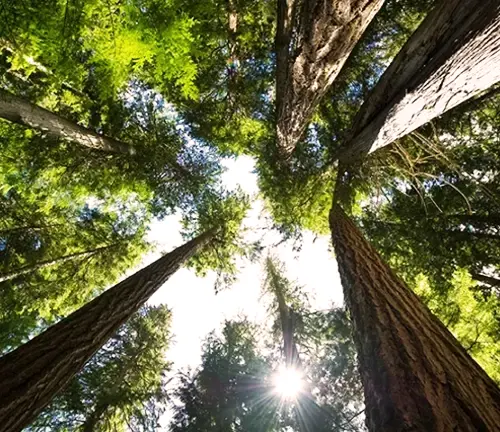
Cost
The cost of cedar wood can vary based on factors such as the specific species, region, quality, and current market demand. Generally, due to its decay resistance and aromatic qualities, cedar tends to be priced higher than some other softwoods, but it’s considered worth the investment, especially for outdoor applications.
Common Pests & Diseases
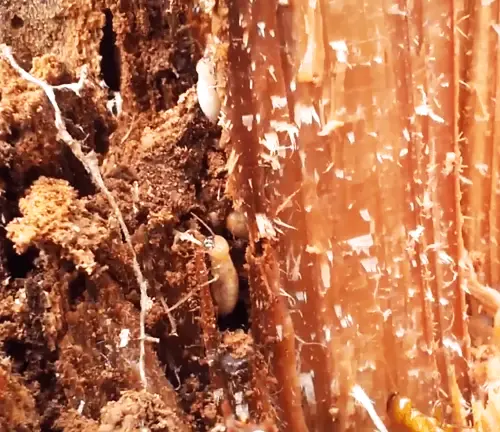
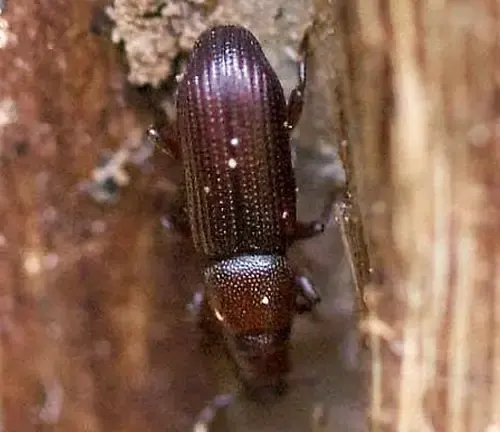
While cedar is naturally resistant to decay and certain pests, it’s not invulnerable. Cedar trees can be susceptible to pests like the cedar bark beetle and diseases such as root rot. Additionally, the wood itself, especially when left untreated, can be prone to attacks from termites. Regular inspection and timely treatments can mitigate these threats.
Different Types of Cedar Wood
- Western Red Cedar (Thuja plicata) From the Pacific Northwest, this cedar boasts a reddish-brown hue with a lightweight and straight grain. Its aromatic nature offers natural resistance to decay and insects. It’s popular for decking, siding, fencing, outdoor furniture, and roofing shingles.
- Eastern White Cedar (Thuja occidentalis) Originating from the Northeastern U.S. and Canada, this wood is pale yellow or tan with a fine grain. It’s known for its pleasant aroma. Its primary uses include shingles, posts, fencing, and wooden crafts.
- Atlantic White Cedar (Chamaecyparis thyoides) This cedar, native to the U.S. Atlantic coast, is pale with a fine grain. It is lightweight and ideal for various applications. Commonly used for boat construction, shingles, posts, and paneling.
- Northern White Cedar (Thuja occidentalis) Sourced from the Northern U.S. and Southern Canada, this cedar is lightweight, aromatic, and decay-resistant. Its appearance and properties make it unique. Often chosen for log cabins, fence posts, and rustic furniture.
- Incense Cedar (Calocedrus decurrens) Native to the Western U.S., it’s reddish-brown with a distinguishing straight grain. Recognized for its pencil production suitability due to its sharpness without splintering. It’s also used for siding and interior paneling.
- Alaskan Yellow Cedar (Cupressus nootkatensis or Chamaecyparis nootkatensis) Hailing from the Northwest coast of North America, it’s hard, strong, and has a yellowish tint. It’s fine, straight grain stands out. Suitable for boat building, decking, and structural tasks.
- Spanish Cedar (Cedrela odorata) Originating from Central and South America, this cedar is light reddish-brown and straight-grained. Its aromatic nature offers resistance to decay and termites. Perfect for humidor linings, musical instruments, and fine furniture.
- Eastern Red Cedar (Juniperus virginiana) From the Eastern U.S., this cedar, also known as Aromatic Red Cedar, is reddish or violet-brown. Noted for its distinct aroma, it has a unique appeal. Used primarily for closet lining, chests, and small wooden items.
- Port Orford Cedar (Chamaecyparis lawsoniana) Native to the Pacific Northwest of the U.S., it’s light-colored with a straight grain. Its unique aroma is distinct. Preferred for archery bows, musical instruments, and boat building.
- Lebanon Cedar (Cedrus libani) From the Eastern Mediterranean, this cedar is historically significant. Boasting a rich aroma and fine grain, it stands out. Traditionally used in historic construction, furniture, and artifacts.
Frequently Asked Questions
- Why is cedar wood so resistant to decay and insects?
Cedar wood contains natural oils that act as preservatives to help the wood resist decay and prevent insect infestation, making it especially long-lasting in outdoor conditions. - What gives cedar its distinctive aroma?
The aromatic scent of cedar is attributed to its natural oils. This aroma not only appeals to our senses but also acts as a deterrent to moths and other pests. - Can cedar wood change color over time?
Yes, when exposed to outdoor elements, especially sunlight, cedar wood can fade and take on a silver-gray patina. However, this change does not affect the wood’s durability. - Why is cedar often chosen for saunas and closets?
Cedar’s aromatic properties make it resistant to mold and mildew, and the scent helps repel insects, especially moths. This makes cedar an excellent choice for environments like saunas and closets. - Is cedar wood safe for garden beds?
Yes, cedar is a popular choice for raised garden beds because it’s durable and doesn’t contain harmful chemicals that could leach into the soil. - Can cedar be painted or stained?
Cedar accepts stains very well, enhancing its natural beauty. It can also be painted, but it’s important to ensure the wood is properly prepped and primed. - How does cedar wood’s weight compare to other woods?
Cedar is relatively lightweight compared to many other hardwoods, making it easier to work with, especially for outdoor projects. - Why are cedar shingles popular for roofing and siding?
Cedar shingles offer excellent insulation properties, are durable against harsh weather conditions, and give a natural aesthetic appeal to homes. - Is cedar wood expensive?
The price of cedar can be higher than some other woods due to its durability and resistance properties, but many homeowners and builders consider the investment worth it for long-term use. - How should cedar wood be maintained for outdoor structures?
While cedar is naturally resistant to decay, applying a sealant or stain can further enhance its longevity and maintain its color. Regular cleaning and occasional reapplication of finishes can keep cedar looking fresh.
In summary, cedar wood stands out as one of nature’s true gifts to craftsmanship and construction. Its unique blend of durability, aroma, and beauty make it a preferred choice for many applications, from outdoor decking to intricate musical instruments. Its natural resistance to pests, decay, and the elements further underscores its value in a variety of settings. As with all things of beauty and utility, understanding and maintaining cedar ensures its longevity and allure for generations to come.


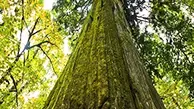

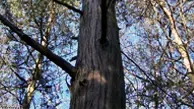

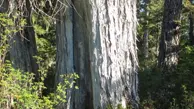
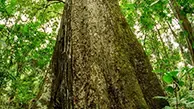
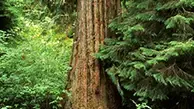
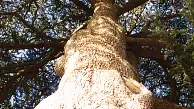


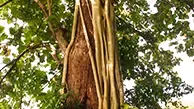

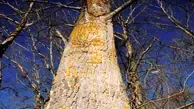
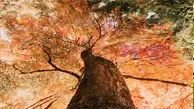
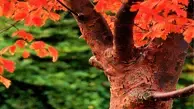
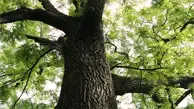
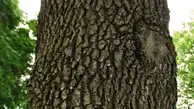

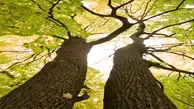
Leave your comment